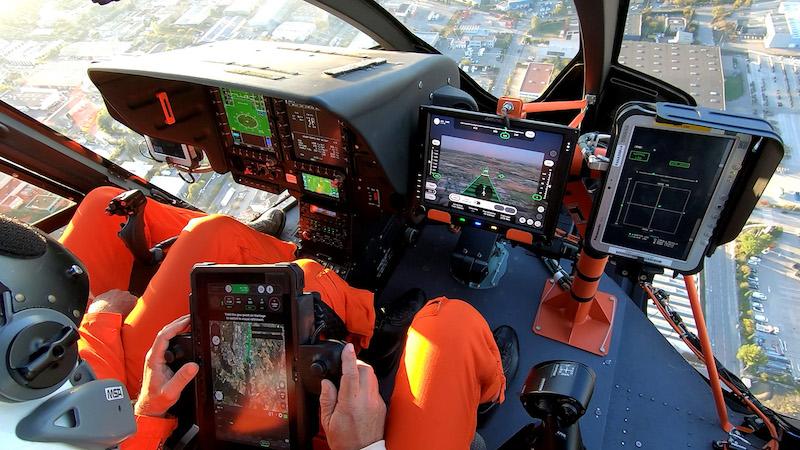
Credit: Airbus Helicopters
Airbus Helicopters has completed initial flight tests of an autonomous rotorcraft flight control system that can be controlled entirely through a tablet computer. The OEM’s three-year Vertex project—supported by Airbus’ UpNext innovation arm and jointly funded by France’s Civil Aviation Authority...
Subscription Required
This content requires a subscription to one of the Aviation Week Intelligence Network (AWIN) bundles.
Schedule a demo today to find out how you can access this content and similar content related to your area of the global aviation industry.
Already an AWIN subscriber? Login
Did you know? Aviation Week has won top honors multiple times in the Jesse H. Neal National Business Journalism Awards, the business-to-business media equivalent of the Pulitzer Prizes.





